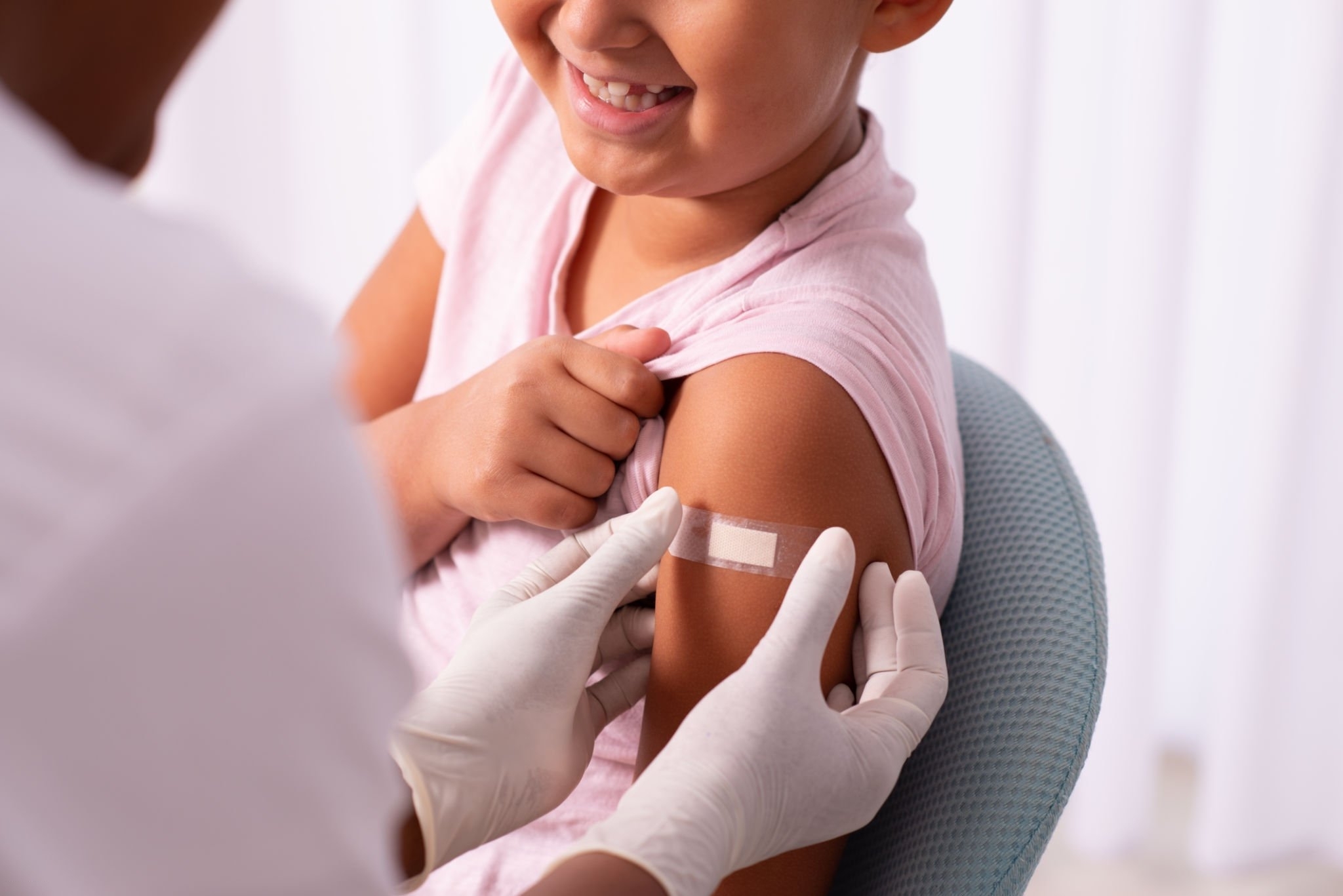A case:
I remember when my daughter was very young. She sat at the dinner table with me and her brother, and we all chatted about school. Then suddenly she got up from the table and ran outside without looking where she was going. She fell hard on her knees and scraped her leg raw on a rock! It wasn’t long before she had numerous bruises on her legs as well as cuts that needed stitches. Luckily, these injuries were not serious enough to require medical attention or surgery—but they could have been if we hadn’t caught them in time!

Protect their heads.
Helmets are a must, and you should make sure they fit properly.
- Check for cracks or dents in the helmet. If you see any damage, replace it immediately after a crash or impact so that your child’s brain isn’t injured by flying debris from their head!
- Replace helmets after an accident to avoid any future damage from falls or crashes—especially if there was any contact with another player during playtime (e.g., hit).
Make sports and activities fun.
- Make sure your kids are having fun.
- Make sure they’re learning something.
- Make sure they’re being active and getting some exercise, even if it’s just playing games or doing chores around the house!
- Be sure that you are setting up a safe environment for them to play in—and make sure there aren’t any hazards nearby (like stairs). This will keep your little ones from getting hurt or injuring themselves in any way while playing outside!
Set the example.
- Parents should be active and fit.
- Parents should model good behavior, such as being a good example of healthy eating, exercise, and fitness.
Teach your children proper lifting techniques.
When you’re lifting things, your children must know how to do so safely. Teach them the following techniques:
- How to lift heavy objects (like suitcases) properly and safely. This will prevent injury and make your family’s life easier!
- How to lift objects off the ground to move them around. It’s OK if you need help here—just ask someone else for help at first, then practice together until both of you can complete this task on your own!
- How to lift objects and down stairs without getting hurt or dropping them; this will save time in the long run since there won’t be any more trips up and down steps when they’re old enough anyway… unless they want another ride down those same stairs… which would be fun too!
Be there for your kids when they play sports.
- Talk to them about the importance of safety and proper gear.
- Watch them play and make sure they are wearing the right gear (helmet, pads, etc.).
- Keep an eye on them when they are playing: look at how they move their bodies while running or bouncing a ball or doing other activities that require physical endurance or strength. Do you see any injuries occurring? If so, talk with the coach about what happened so that everyone can learn from this experience so it does not happen again in future games/practices/training sessions!
Make sure your kids get enough sleep.
Sleep is the body’s natural healing process. Kids need more sleep than adults do because their bodies are still developing in many ways and need to repair themselves.
The amount of sleep each age group needs varies with their activity level and health status, so it’s best to talk with your pediatrician or another healthcare professional about what’s best for your child. However, generally speaking:
- Toddlers should get 11-12 hours per night (including naps)
- Preschoolers should get 10-11 hours per night (including naps)
- School-age children should be getting 8-9 hours per night (including naps)
Provide a safe environment at home.
- Keep your child’s room neat, with no tripping hazards or open spaces on the floor. Make sure all electrical outlets are out of reach and that no loose blind cords are hanging down from anywhere in the room.
- Be aware of any potential chemical hazards or other dangers around the house (like plants with sap), so they don’t get into their bodies accidentally while playing—and avoid letting them eat foods like chocolate chips because they can cause allergic reactions, too!
- Install childproofing devices on doors, cabinets, and other areas where small children might want access—this includes cabinet knobs that require turning before opening up drawers; drawer handles that must be pulled down; cabinet hinges that require twisting off to open an upright cupboard door; window latches which must be pushed down before opening up large windows; etcetera (you get the idea).
Protect your kids from falls.
- Use a harness or safety net.
- Make sure the area is clear of objects and furniture.
- Use a ladder to climb higher.
- Make sure they are wearing shoes with good grips, such as sneakers or boots (for kids under age 8).
Be aware of uneven ground and slippery surfaces when you go outside with your kids—especially if they’re playing sports! This can lead to falls that may result in injuries like head trauma, sprained ankles, broken bones…the list goes on!
Set up a safe play area inside and outside the house.
- Set up a safe play area inside and outside the house.
- Use soft surfaces that are not slippery.
- Make sure there is enough space for kids to play safely, without bumping into furniture or each other.
- Keep things out of reach that could be dangerous (like knives). Also, keep an eye on your kids at all times!
Preventing injuries in kids is often as simple as providing them with the right gear and a safe place to be active.
While it’s important to teach your kids about injury prevention, you’ll also want to make sure they get the right gear and a safe place to play.
Setting a good example is the most important part of preventing injuries in kids. When parents model good behavior for their children, it becomes easier for them to follow suit—and this includes not putting themselves at risk by participating in dangerous activities or activities that could cause harm if done incorrectly.
If you’ve noticed any changes in your child’s behavior over the past few months (or even years), like hitting or throwing things around at home without thinking about whether this is safe for him/herself, then it’s time for a conversation! You may need some help thinking through what might be causing these new behaviors so that we can figure out how best to support him/her while keeping him/her safe from harm during playtime as well as when practicing other skills outside of school hours such as sports practices or dance classes
Conclusion
The best way to prevent injury in kids is by keeping them safe and healthy. This can be as easy as providing them with the right gear, a safe place to play, or even just having an adult coach your child when they play sports. It’s never too early for parents to start worrying about their child’s safety!



